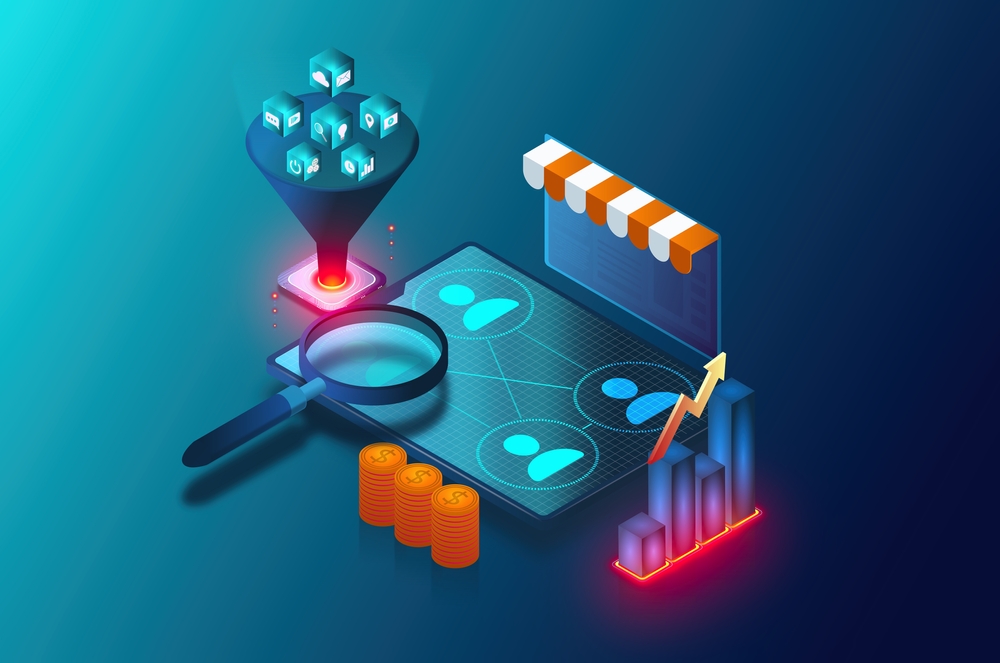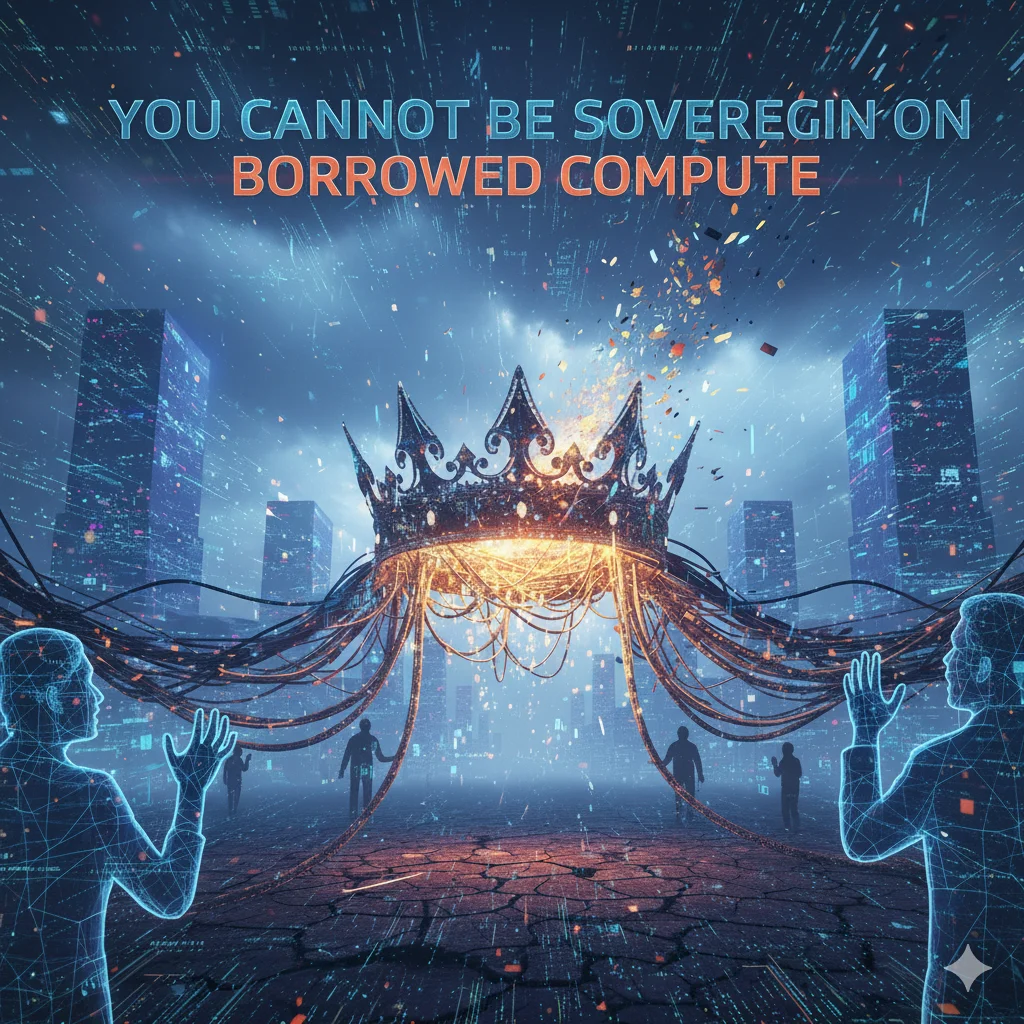It’s been a long time since we have been discussing a customer single view or a 360-customer view. A plethora of marketing technologies, a promise of hyper-personalization like never before, and the use of artificial intelligence and analytics has helped build momentum towards achieving this. Marketers today understand that there is a need to continuously update customer information in real time, across touchpoints and platforms. Building a unified view will help organizations understand – customer behavior better, their personal preferences, their online activity, click-through behavior and transactional history.
In a 2023 survey, the CMO Council found that three of the top six MarTech challenges are non-integrated CX/MarTech and integrating customer data sources. It is easier said and done and ironically because there is such a proliferation of marketing technology tools most large organizations are finding it not only difficult but impossible to put together a customer single view. Proliferation of data, fragmentation of data, veracity of data all adds to the complexity and substantially hinder organizations ability to deliver a great customer experience.
Building a Customer Single View Starts with Strong Data Architecture
We all know the current state of data across most organizations. Building a customer single view starts with data architecture: how many data sources, how accurate the data is, how relevant the collected data is, identity resolution, campaign effectiveness, and customer feedback integration. The hype around delivering great real-time customer experiences is weighing heavily on marketers. The issue here is a heavy dependency on technology, data architecture, and analytics teams. Integrating teams has become as challenging as integrating technologies and platforms.
Many organizations are treating the unified customer view or the customer single view as a marketing project. In my understanding it is a business-critical process (not project) to be lead at the CEO level. Business is evolving and so are customers and the environment around them. Business growth through acquisition, retention, upsell and cross sell, value-added services, are all part of the mix when you are building a customer single view. But who decides the right product/service to be pitched to the customer, how it must be pitched (content), what is the compelling offer, when it has to be pitched.
There are several existing solutions for building a customer single view, each with its own limitations:
- Customer Relationship Management (CRM) Systems: CRM systems are designed to manage customer data, but they often lack the ability to integrate data from disparate sources. They also typically focus on known customers, limiting their effectiveness in understanding anonymous users.
- Data Management Platforms (DMPs): DMPs are used for storing and analyzing large amounts of data. However, they often lack real-time capabilities and primarily focus on anonymous segments for advertising purposes.
- Customer Data Platforms (CDPs): CDPs can create a unified view of each customer from various sources. However, they may not have all the digital components necessary to create a full understanding of customers at every step in their journey.
- Email Service Providers (ESPs) and Demand-Side Platforms (DSPs): These platforms often have overlapping capabilities with other solutions and offer only a minimal notion of customer profiles.
- Personalization Engines and Customer Analytics Tools: These tools can provide valuable insights into customer behavior, but they may not be able to integrate data from all sources.
The greatest limitation of these platforms is that most of them were built in a sequential manner without enough thought being put in data architecture, CX personalization and adherence to data privacy norms. They also struggle with system constraints, putting data together from different sources, limited integration and incompatibility issues.
Hansa Cequity has been helping clients build a customer single view for a long time. These are customized to meet industry and segment specific needs. Many organizations are also investing in Customer Data Platforms (CDPs)
A Customer Data Platform (CDP) offers several benefits – It unifies data across all silos, provides a single source of truth, creates comprehensive customer profiles, improves personalization, increases Data Privacy Compliance, improve operational efficiencies, improves omnichannel CX.
In my assessment, the CDPs are a good first step but it will also require the deployment of AI driven algos that will navigate the cross-channel complexity in real time.
In conclusion, a customer single view is a powerful tool that can help businesses deliver personalized experiences, improve customer retention, enhance marketing efficiency, and make better decisions. By breaking down data silos and consolidating customer data, businesses can gain a comprehensive understanding of their customers and drive business growth. Remember, building a unified customer view is not a one-time task. It requires ongoing effort to collect, integrate, and analyze customer data. But the benefits it offers make it well worth the effort.









